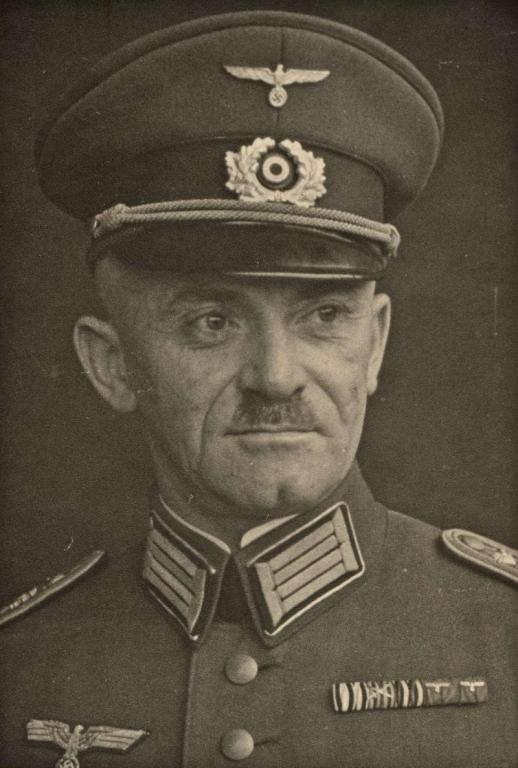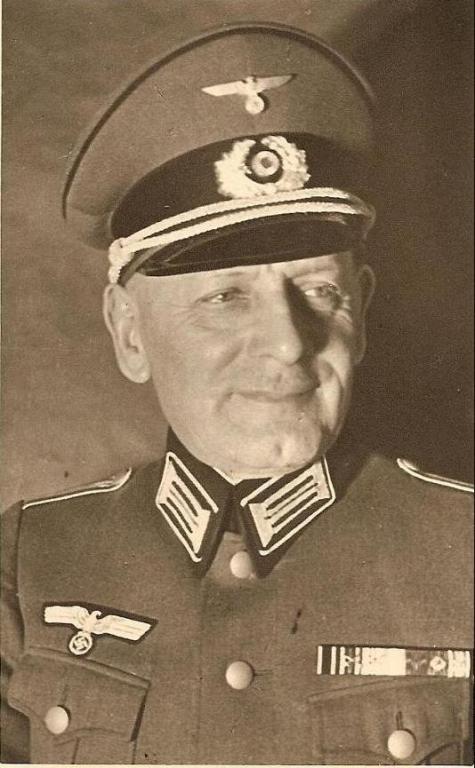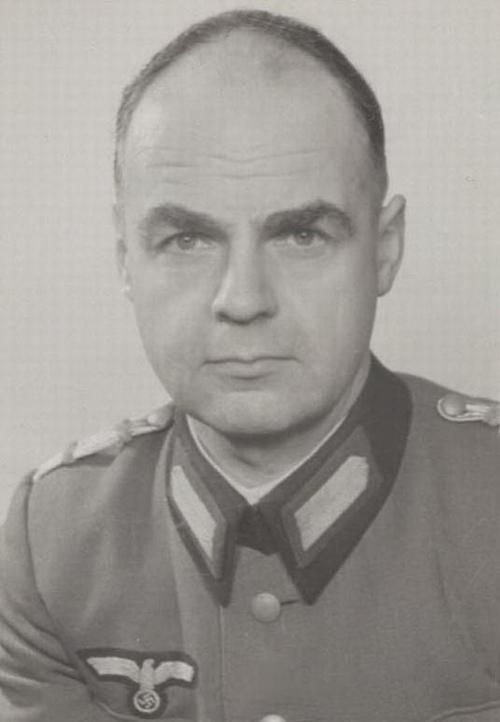-
Posts
2,234 -
Joined
-
Last visited
-
Days Won
55
Glenn J last won the day on August 2 2024
Glenn J had the most liked content!
Contact Methods
-
Website URL
http://austro-hungarian-army.co.uk
-
ICQ
0
Profile Information
-
Gender
Male
-
Location
United Kingdom
Recent Profile Visitors
13,845 profile views
Glenn J's Achievements
-
Karlo, I just noticed this post, so apologies for the somewhat late response! The granting of an RDA (Rangdienstalter) as a Kapitän zur See in 1941 was his next substantive promotion. In effect, it awarded him the pay of a Kapitän zur See as prior to this, although uniformed and styled as a Konteradmiral, he would still have received the pay of his former full rank - that of a Fregattenkapitän. His status and uniform as a Konteradmiral z.V. was not affected. Regards Glenn
-
One often encounters statements on military forums and websites that the Wehrmachtbeamten were "civilians". In my opinion this is a gross over-simplification. The Wehrmacht officials had a dual status as both members of the armed forces and as Reich civil servants. They were combatants. A great many carried out functions that in most Western armies were the remit of commissioned officers; Quartermaster, logistics, finance, military law, fortress engineering, vehicle and equipment maintainance, military survey etc., etc. Indeed, during the course of the war, many had their status converted to that of commissioned officers; the most well known being those officials transferred into the special Troop Service from May 1944 onwards. In fact, even as early as 1939, about 370 engineering officials were commissioned as active officers in the rank range Oberst to Hauptmann in the newly formed engineer officers' career. From the mid war period onwards, hundreds of technical officials were converted to active or reserve officers as Offiziere (W) or ordnance officers and into the Kraftfahrparktruppe (motor maintenance troops). Even as early as 1941, artillery survey officials were commissioned as artillery officers. In late 1944, numerous administrative branch officers of the TSD (former Zahlmeister officials) were transferred for the most part into the infantry! Here is an example of an individual who went full circle; The then Technischer-Inspektor (Fz) Richard Hubert (1901-1979). In this pre-war shot, the black Nebenfarbe on his collar patches is just discernible. Herr Hubert was a former Reichswehr Zwölfender who finished his active military service as an Oberfeuerwerker (Oberfeldwebel). After a couple of years in civilian employment, he re-joined the Wehrmacht in 1935 as Technischer-Inspektor. Promoted to Technischer-Oberinspektor (Fz) on 1 August 1938, his status was converted to that of an active Hauptmann (W) effective 1 August 1943. Regards Glenn
-
It is generally known that officials of the Zahlmeister career wore white Nebenfarbe and as such are easily identifiable as such. However there were two further variations of Nebenfarbe which were authorized for officials of the Zahlmeister career: Hochrot (bright red) and Karmesinrot (carmine). See this illustration from a period uniform print showing the shoulder boards of both a Stabszahlmeister (J) and a Stabszahlmeister. The (J) is the abbreviation for Intendantur and was utilized by those officials in this rank to denote their employment on the staff of a Wehrkreisverwaltung (military district administration). As such they wore the bright red Nebenfarbe of the Intendantur career. Below is one Stabszahlmeister (J) Viktor Kaemper who for much of the war served on the staff of Wehrkreisverwaltung VII (München). Irrespective of career, army officials filling established posts on the staff of OKW/OKH wore Karmesinrot Nebenfarbe. Until 16 November 1942 this was worn in conjunction with matt golden Litzen on the Feldbluse as seen here by Oberfeldzahlmeister Otto Klein on the staff of the army personnel office at OKH. Following the 16 November 1942 alteration to aluminium Litzen, the officials at OKW/OKH also reverted to wearing their basic branch Nebenfarbe which in the case of the Zahlmeister career was of course white. Regards Glenn
-
A fine example of the wear of the April 1940 pattern collar Litzen for an official of the medium career with officers' rank. The narrower Litzen is clearly discernible. As referenced earlier in this thread, it appears that the use of this pattern was not particularly widespread. An interesting order published in the Heeres-Verordnungsblatt dated 19 January 1942 strongly reminded those officials of the medium career (and the chain of command) that they were to be taken into wear and that a sufficient quantity was available both in gold (for the Ministerialregistratoren) and in aluminium for the remainder at the army clothing counter. Our subject is one Obersekretär Gustav Marx (Bundesarchiv Pers 6/302464) of the medium non-technical administrative service. He is at the upper ceiling of his career group with the rank insignia of an Oberleutnant. This level of official was not converted to the status of officers in the special troop service in May 1944. On a side note, the illustrations of the insignia in Henner and Böhler's "Die Deutsche Wehrmacht - Dienstgrade und Waffenfarben des Heeres 1939-1945" are erroneously throughout shown as that of the officials in non commissioned officers' rank. The plates are generally superb - see below. Regards Glenn
-
This chap presents an interesting conundrum; a 1932 portrait of a Reichsheer official with field officer rank insignia. The official in question is one Emil Bock, who ran the minister's office in the Reichswehr ministry. Herr Bock was a former junior Prussian intendance official and later war ministry official with the rank of a Geheimer expedierender Sekretär and courtesy title of a Rechnungsrat. These ranks do not translate well into English, so suffice to say, a mid ranking ministerial official with the rough equivalence of a senior captain. Fast forward to 1932 and we find him as a Ministerialbürodirektor in the Reichswehrministerium. John R. Angolia in his "Uniforms and Traditions" attributes this rank of official as belonging to the higher (höhere) career and Eberhard Hettler in his "Uniformen der Deutschen Wehrmacht" first published in 1939 attributes the golden "Kolbenstickerei" of the higher career to this rank. Given, that the Kolbenstickerei was introduced in 1930, why then is Herr Bock wearing Doppellitzen? The answer is two-fold: Though not explicitly stated, the Ministerialbürodirektor was NOT an official of the higher career although paid as such (Besoldungsgruppe A2b). He was at the pinnacle of the elevated career. There were only a handful of guys who ever held this rank in the Heer, Kriegsmarine and Luftwaffe and all were former Imperial "Subalternbeamte" and Weimar era Ministerialamtmänner. In the army, the rank was granted the Kolbenstickerei of the higher career per order of 16 February 1939. Note the wording: They "are to wear the embroidery LIKE the officials of the higher career. In the case of the Luftwaffe, differing insignia was not an issue before December 1939 as the collar insignia of the officials of both the higher and elevated careers was the same; piped in aluminium twisted cord. The introductory order changing the piping to gold coloured cord of 5 December 1939 states that "the officials of the higher career AND the Ministerialbürodirektor receive the gold coloured cord" I have yet to confirm the situation with the Kriegsmarine Ministerialbürodirektor. If the situation was replicated as above, presumably this rank initially wore the two "loops" of the elevated career of the administrative branch and was increased to the three loops of the higher career in 1939? Regards Glenn
-
Hi, not sure what the Johann Faber connection is, but that very much appears to be the then Generalmajor Hermann Ritter von Haag (1843-1935) around 1892. He was awarded the star to his Prussian Crown Order 2nd class on 8 September 1893. He was the Bavarian military plenipotentiary in Berlin from 1890 to 1895, hence the high Prussian awards. Also note the Norwegian Saint Olaf Order commander's cross beneath the Crown Order. Regards Glenn
-
Whilst revisiting these old Wehrmachtbeamten pages, I read with interest the extract from the Allgemeine Heeresmitteilung posted by Gordon. It is an order dated 28 February 1938, effective 1 June 1938 which introduced new insignia for Wehrmachtbeamten (Army) to better differentiate the status between soldiers and officials. At the first reading of Paragraph II. 4, I thought it in some way explained the wearing of "officer" style Litzen on the uniforms of officials with the equivalence of NCO rank. This details hand embroidered aluminium Litzen for officials of the medium career in pay groups A4d through A8a (i.e. Oberleutnant down to Oberfeldwebel). However, a closer inspection of the entire order raised a couple of rather odd issues. For example: Para I. Introduces Gold coloured eagles for the headdress and a dark green piping on the front and lower edges of the collar of the greatcoat and cloak. This clearly did not happen as a cursory glance in the Heeresverwaltungs-Taschenbuch and Eberhard Hettler's "Uniformen der Deutschen Wehrmacht" amended to 1940 makes no mention of this new insignia. After a bit of further digging, the answer is found in a further order dated just a couple of months after the original dated 30 April 1938 which "postpones" the introduction date with "further instructions to follow". As we know, a half-hearted attempt to differentiate between officials of the elevated and medium careers in officers' rank was introduced per order of 10 April 1940. Regards Glenn
-
This is an anomaly I can't honestly remember where I encountered this portrait, possibly this very site. I have him named as Oberstabszahlmeister Ignaz Paula, clearly a Bavarian WW1 veteran from his decorations. Born in 1873, he served as a Zahlmeister (1.4.16) in the 15th Bavarian Infantry Regiment during WW1. His tailor has incorrectly applied the white Nebenfarbe to all four outer edges of his collar patches. He does not appear in the 1939 Wehrmachtbeamten list so presumably he had retired or possibly died by then. Regards Glenn
-
Below is a portrait of a Technischer Verwaltungsamtmann at Okerkommando des Heeres. The rank equates to a major and belongs to the elevated career in the pay group A3b. One would normally expect a technical official to have black Nebenfarbe but this particular individual was serving as a Vermessungs (survey specialist) and as such wore crimson as his secondary colour. The photograph was taken after the 16 November 1942 order stipulating the replacement of the previously worn gold coloured Litzen for officials at OKW/OKH with that of aluminium. As a Vermessungs official, he retained the crimson Nebenfarbe of his career field. Had he been a technical official of one the branches that outside of OKW/OKH would normally wear black, he would of course have had to revert to that colour. Regards Glenn
-
The contrast in size with the collar patch of an official of the elevated career is clearly discernible when compared to this image of another white piped collar patch. Seen here as worn in a pre-war shot of Stabszahlmeister Heinrich Hermann of Nachtrichten-Abteilung Nr. 57 (image from Landesarchiv Baden-Württemberg). Herr Hermann rose to the rank of an Oberstabsintendant in the Truppensonderdienst. Regards Glenn
-
This chap appeared on page 2 of this thread and it appears to me, that he is also wearing the 10 April 1940 medium career collar patches. This also appears to be a mismatch of insignia for a wartime official. He is wearing the narrow aluminium shoulder cord of officials in the rank of a Kriegsverwaltungssekretär (medium career) introduced in the mobilization plan of 12 March 1937. The mismatch is the fact that the new insignia with the "Old Prussian" Litzen and officer style shoulder boards were introduced per order of 21 March 1940. Of course, all the changes would not have happened immediately and one supposes there was a lag and some cross-over before all the correct newly introduced insignia was in use. Regards Glenn
-
Sonderführer, although not Wehrmachtbeamte (they were actually soldiers within the framework of German military law) are it seems, often confused with wartime officials because of a similarity in insignia at different time periods of the war. Above is a clear portrait of a Sonderführer (K) wearing the late 1942 ordered insignia when the narrower shoulder cords were re-introduced to replace the commissioned officer pattern worn since 1940. Introduced per order of 7 December 1942, it was stipulated that the new insignia should be in use no later than 31 March 1943. Sonderführer (K) Arro wears the two gold slides of his rank on the aluminium shoulder cords. Regards Glenn



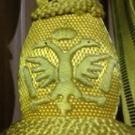
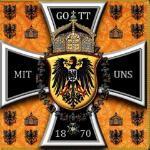




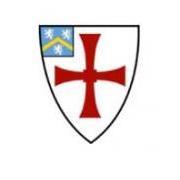
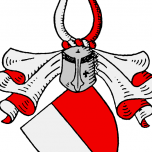
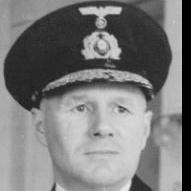

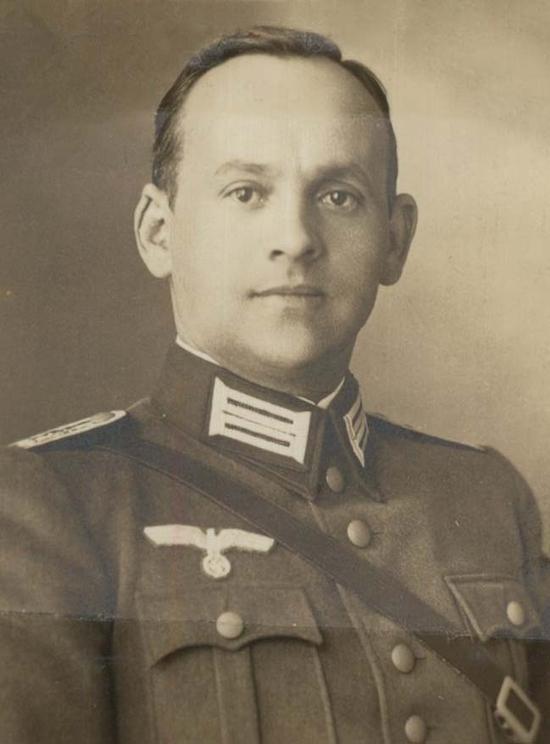
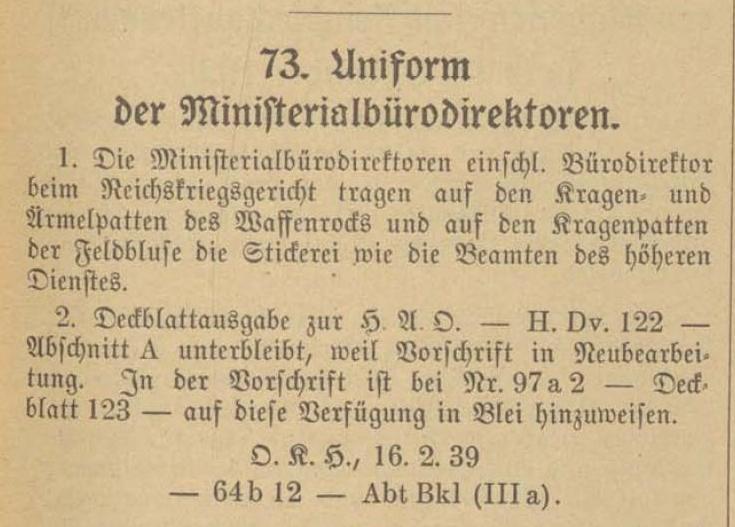
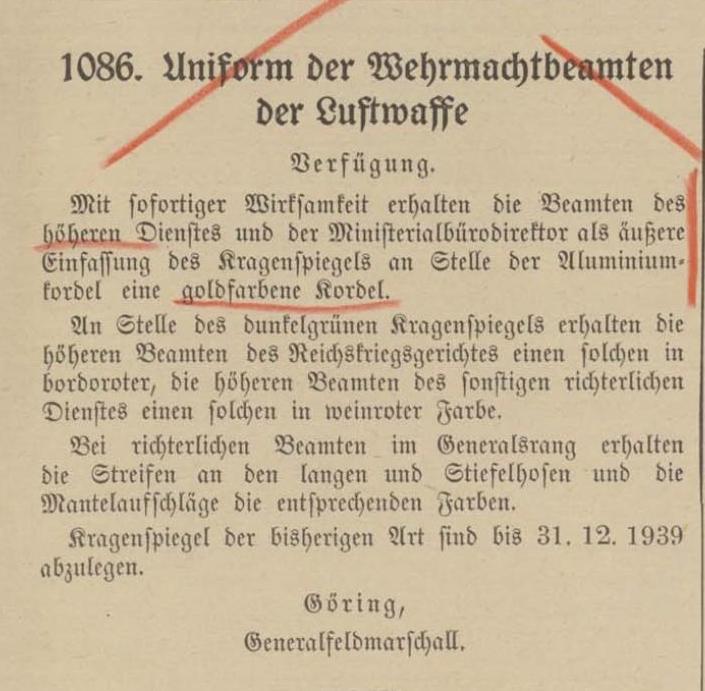

.jpg.1275366e88eed649f13514d7f2d1cb02.jpg)
